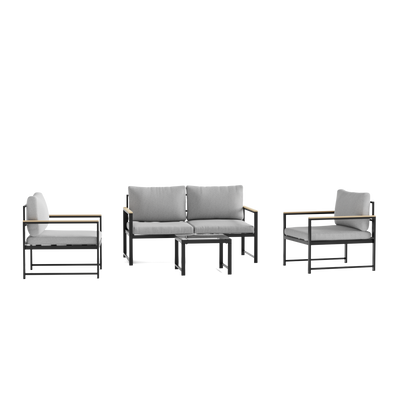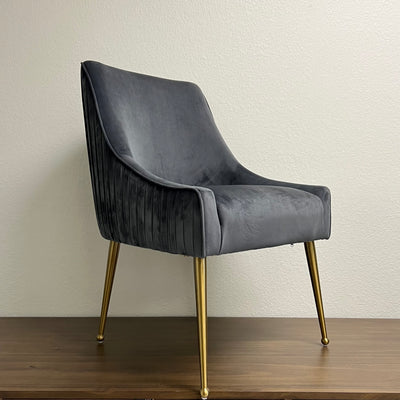Pros & Cons of Wood Alternatives
MDF, particle board, veneers -- whatever they may be called, non-solid wood materials have become extremely popular in the world of furniture. Some have weight advantages while others are simply cheaper to work with, but each one has its pros and cons. Here's what you should consider if you're thinking about non-solid wood materials for your next furniture purchase.
What Are Wood Alternatives?
Alternatives to solid wood furniture include:
- Veneer: Wood veneer uses panels of real wood (typically 3mm or less in thickness) glues onto a core panel, which may be MDF or particle board. This gives you the look and feel of real wood without the cost of solid wood.
- Laminate: Most often seen in flooring, laminate is a multi-layer synthetic material that simulates the look of wood by adding a photographic layer underneath a clear protective layer.
- Particle Board: This is an engineered wood product, meaning sheets of particle board are manufactured using wood chips and resin or another binder. It's then pressed into a sheet or board and used in construction.
- MDF: Medium-density fiberboard is another engineered wood product, this one made by breaking hardwood or softwood down into fibers, combining it with wax and resin, and then forming it into panels. MDF is usually denser than plywood.
The Pros of Wood Alternatives
One of the best reasons to seek out non-solid wood furniture is the cost benefit. Non-solid wood products cost less than traditional hardwoods, which is why they have taken over such a large market share. Next to that, there are also environmental benefits of choosing certain non-solid wood products.
For instance, since engineered wood like particle board and MDF is made using by-products of the hardwood and softwood industries, you're helping repurpose things that would otherwise go to waste. This can keep products out of landfills.
The Cons of Wood Alternatives
One of the biggest cons of a piece of non-solid wood furniture would be resell value. They're cheaper to begin with, which means non-solid wood furniture may not hold its value the same as solid wood furniture would. Additionally, some people associate non-solid wood furniture with lower quality, but that's not true -- it depends on the furniture maker you purchase from.
Durability is another factor to contend with, as non-solid wood products may simply not last as long, especially if the construction isn't up-to-par to begin with. For instance, repairs can be difficult, especially if a piece of particle board or MDF is scratched, dinged, or gets damaged by water. Repairs are almost impossible, at least not without them being extremely noticeable.
At the end of the day, you have to consider how long you plan on keeping your furniture, the initial construction quality, the warranties that may come with it, and how you plan to treat and use it over time.
























